(August 7, 2022) Although he would have to walk four miles every day to reach his school, Dr Mani Lal Bhaumik hardly ever missed a class. Today, an eminent scientist, Dr Bhaumik recently pledged $11.4 million towards the American Association for the Advancement of Science (AAAS). The donation will support an annual award for young minds working on scientific breakthroughs. “I am still a practicing scientist at 91 years old, and I know that beyond sheer curiosity about our world, peer recognition is one of the things that drives us. To be able to recognise hard-working scientists with this award – and perhaps prompt better work – is exciting,” Dr Bhaumik told Science magazine, during a recent interaction.
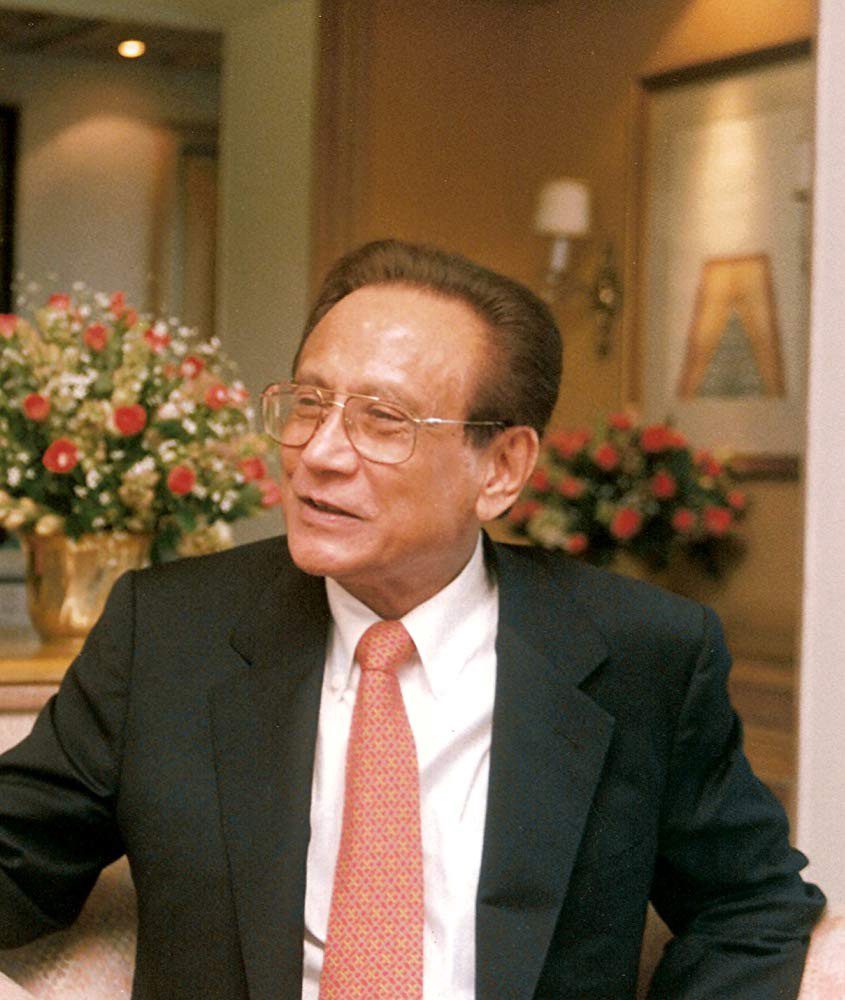
Scientist Dr Mani L Bhaumik
Starting his journey from a mud hut in West Bengal, Dr Bhaumik played a key role in developing the laser technology and paved the way for Lasik eye surgery. A student of physicist Satyendranath Bose (of the Bose–Einstein statistics fame), the scholar earned his masters from University of Calcutta, and went on to become the first person to receive Ph.D degree from the Indian Institute of Technology, Kharagpur. Global Indian takes a look at the life of this scientist, whose journey has inspired millions of students.
From rags to riches
Born in a remote village of West Bengal in 1931, Dr Bhaumik was a bright student from a very young age. The son of a notable freedom fighter, Binodhar, Dr Bhaumik had mentioned during an interview that his father would often be away for a mission or locked up in the jail, making daily life very hard for the family. “My family didn’t always know where our next meal would come from. I didn’t own a pair of shoes till I was 16,” he told the UCLA magazine. A curious kid, Dr Bhaumik never missed the school and after coming home spent hours studying under the dim lamp during the night.
As a teenager, the scholar got an opportunity to spend some time with the Father of the Nation, Mahatma Gandhi, who was visiting Bengal for the Quit India movement. A chance meeting with world-renowned physicist, Dr Satyendra Nath Bose at the Mahisadal camp, changed the course of life for him. Dr Bose was working on the Bose–Einstein statistics at the time, and encouraged young Mani to pursue higher education in Physics. Studying under Dr Bose, Dr Bhaumik completed his bachelors and masters from the University of Calcutta in 1953. However, his quest to learn more, took him to Indian Institute of Technology, Kharagpur, where he earned his Ph.D in 1958.
“Satyendra Nath Bose was my mentor and teacher. He got me interested in theoretical physics. And Paul Dirac came to visit him. Dirac is known as the father of the quantum field theory. He started talking about that, and to me it sounded unbelievable, that whether matter or force, they all come from similar types of fields. Meeting Dirac was a dramatic experience. His talk was something I never had thought about: All electrons are exactly the same throughout the universe, and there is a common origin,” Dr Bhaumik told Science magazine during an interview.
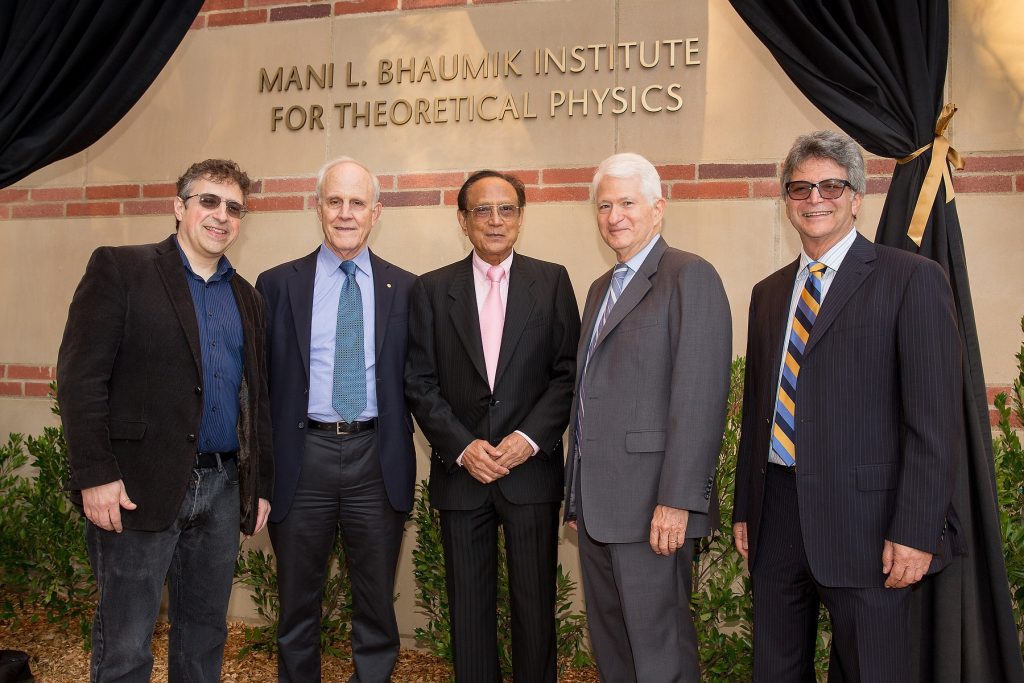
The scholar during the unveiling event of Mani Bhaumik Institute for Theoretical Physics at UCLA
To his complete shock, Dr Bhaumik won the Sloan Foundation Fellowship in 1959 through which he got the opportunity to do post-doctoral research at the University of California (UCLA). While the family was very excited, no one he knew could sponsor his flight tickets to the United States of America. Not the one to bow down, the scholar approached the elder of his village to help him, who did manage to arrange for the airfare, and Dr Bhaumik arrived at the UCLA “with $3 in my pocket,” he shared during an interview.
A new world
While in Kolkata, Dr Bhaumik had heard stories about America. But the country was so much more different and advanced than what he had imagined. “I thought I’d died and gone to heaven,” he said of his arrival on campus, to the UCLA magazine, adding, “Everyone was treated equally, not like back at home where the poor were treated like dirt.” He taught Quantum physics and Astronomy at the University.

Dr Mani L. Bhaumik with his students and other faculty members at UCLA
His actual research on lasers began in 1961, when he joined the Xerox Electro-Optical Systems. After seven years of research in the lab as a laser scientist, he got enlisted by the Northrop Corporate Research Laboratory. During his long tenure at the Northop lab, Dr Bhaumik led a team of researchers, which was able to conclusively demonstrate world’s first efficient excimer laser, a form of ultraviolet laser now commonly used for high-precision machining and for cutting biological tissue cleanly without damaging surrounding tissue. This research became the foundation for Lasik eye surgery. The scholar later became the Director of Northop Lab.
For his pioneering contributions to the scientific world, the Indian government awarded him the prestigious Padma Shri in 2011. The scholar is also a fellow of the American Physical Society and Institute of Electrical and Electronics Engineers. Although his team was making good progress, Dr Bhaumik noticed the decline in donations for scientific work at UCLA. He decided to establish the Mani L. Bhaumik Presidential Chair in Theoretical Physics to support the ongoing research in 2016. “It’s very difficult to raise funds for this area, because people don’t understand what theoretical physicists do. But physics holds the answers to the most fundamental questions of our very existence,” he expressed to the UCLA magazine.
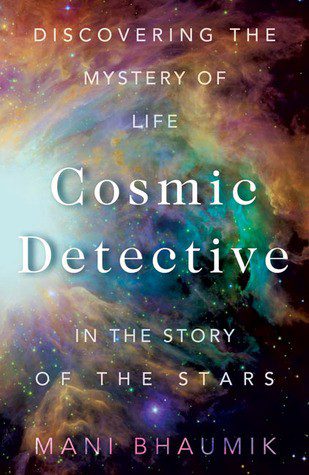
Dr Bhaumik’s book The Cosmic Detective: Exploring the Mysteries of Our Universe is an international best-seller
The author of two best-selling books, Code Name: God and The Cosmic Detective, Dr Bhaumik is also the man behind the award-winning American animated TV series, Cosmic Quantum Ray. He recently instituted the annual International Award through the UCLA Neuropsychiatry Institute to recognise the young scientific minds. The scientist, who is involved in various community service campaigns, hasn’t forgotten his roots. His Bhaumik Educational Foundation in Kolkata provides full scholarship to students aspiring to be a scientist.
- Follow Dr Mani L Bhaumik on his website

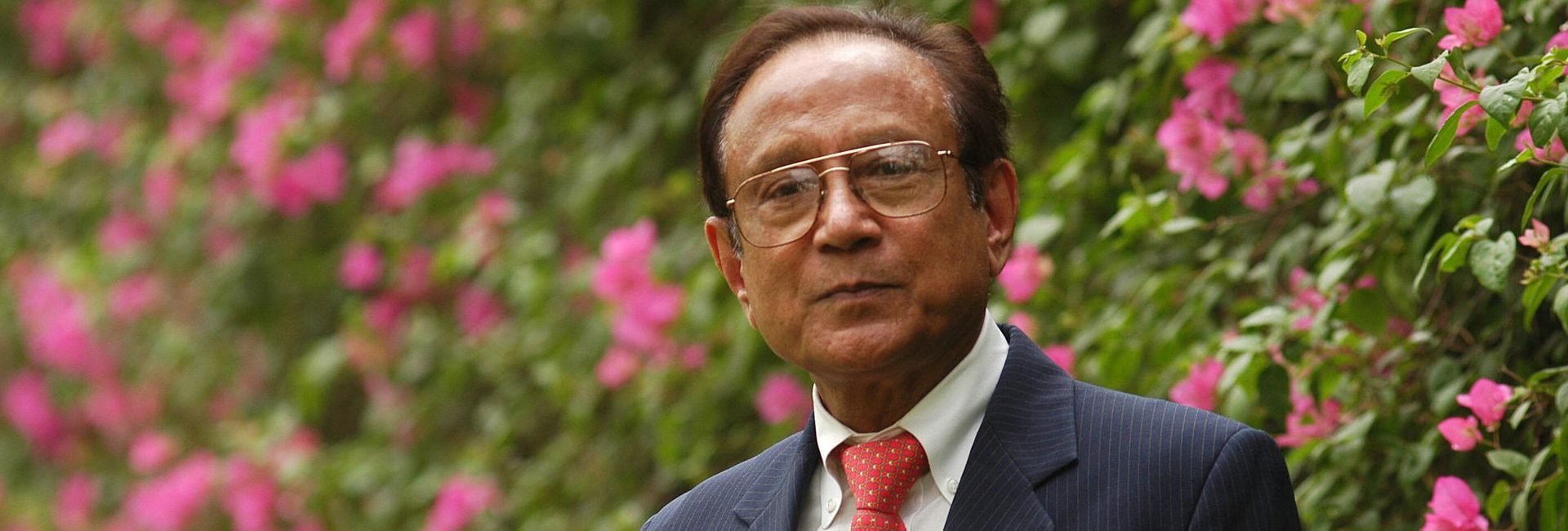
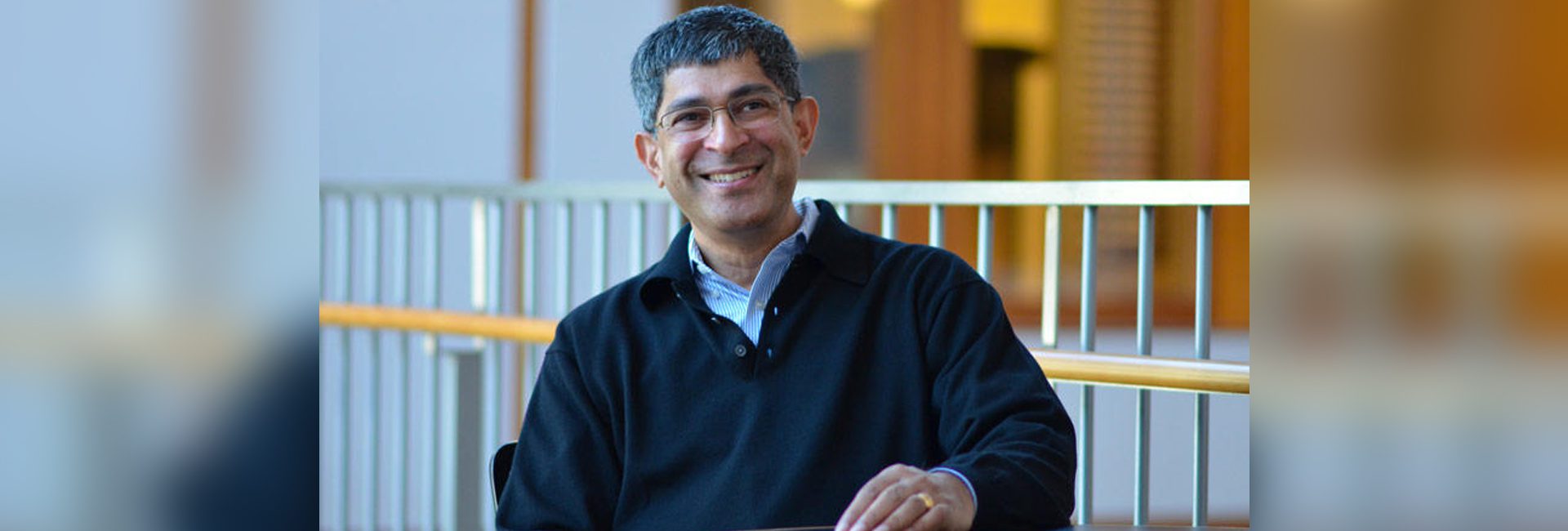
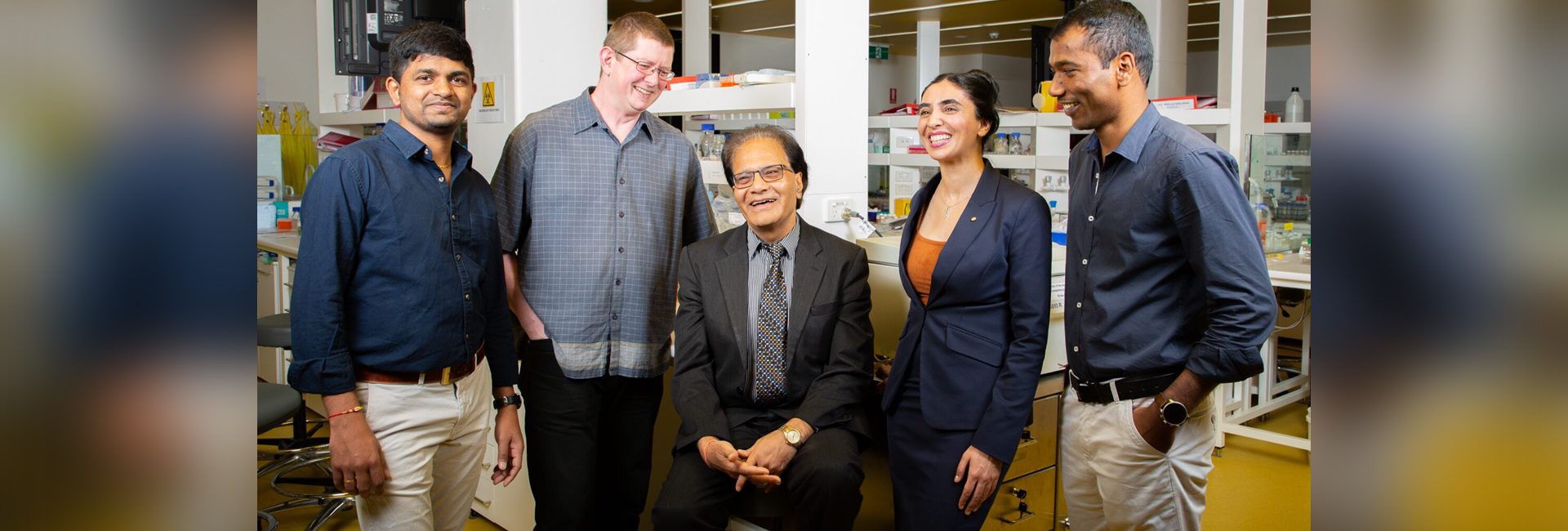
Dr.Bhaumik can visualized god particles, hope he me able answered ,how to change the mental illness of our political people. Because post independence era our Indian people going forget the Misérables days of our English period.